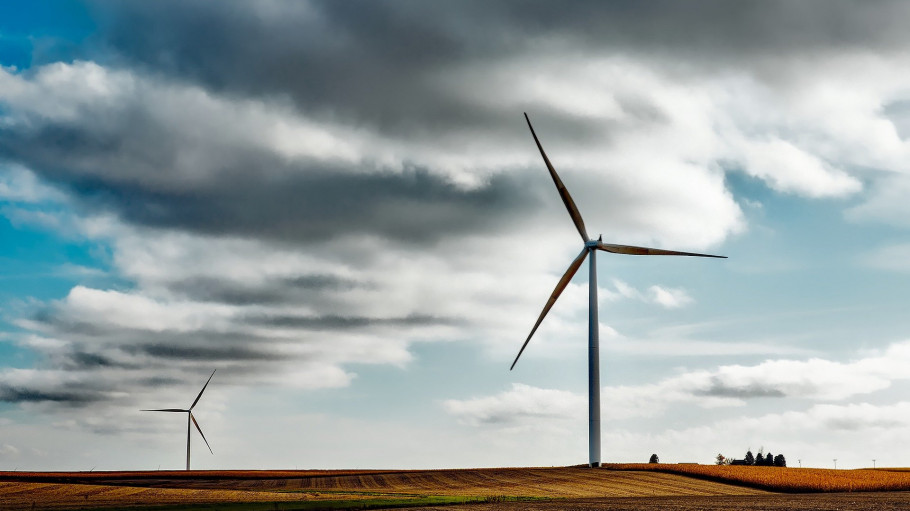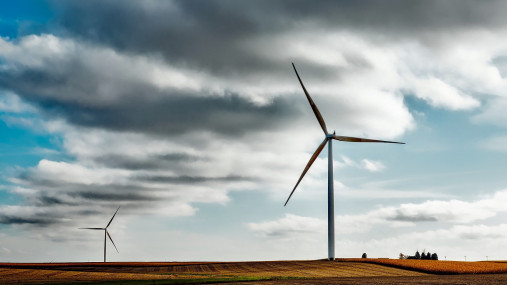
Publications » Position papers » Renewable Energy Directive
Renewable Energy Directive
Downloads and links
Recent updates

The deployment of large volumes of renewables represents a key challenge for the management of the grid and needs to be balanced also with the objective of providing competitive and secure energy. In this sense, it is important to accelerate the integration of renewables in the market in
order to foster cost-effective solutions. The regulatory framework shall address and minimize the impact of regulatory costs related to decarbonisation and the promotion of renewables on the competitiveness of energy intensive-industries and promote innovative low carbon solutions that can contribute to the energy and climate targets, taking exposure to international competition fully into account.
Due to the high share of energy costs in total production costs, EU steel companies operate processes very close to the thermodynamical limits of the current technologies. Deeper emissions reductions are only possible with the deployment and roll out of breakthrough technologies (including steel recycling, carbon capture utilisation and storage, process integration, and electricity/hydrogen-based metallurgy) that require, among others, access to abundant and competitive low carbon energy sources, including hydrogen and electricity. The application of these technologies at industrial scale will contribute to creating new business models where energy carriers will play a key role (e.g. cooperation between the steel and chemical sector to convert carbon reach gases into fuels or feedstocks and/or to replace carbon with hydrogen as reducing agent in steelmaking).
Therefore, it is essential that all low carbon energy sources that can contribute to emissions reductions are promoted according to the technology neutrality principle and regardless of their specific use (i.e. as energy carrier or as reducing agent).

Download this publication or visit associated links
Brussels, 22 October - Ahead of the European Council meeting on 23 October, Europe’s steel and automotive industries — two strategic pillars of the EU economy — are issuing a joint call for a realistic and pragmatic pathway to transformation and keeping investments in Europe. Together, these sectors form the backbone of Europe’s industrial strength, supporting over 13 million jobs in automotive and 2.5 million in steel (directly and indirectly), and driving innovation across entire value chains.
Joint Statement
Strasbourg, 07 October 2025 – The new trade measure presented today by the European Commission is a long-awaited proposal to forcefully defend the European steel sector, in full respect of WTO rules, from unfair imports flooding the EU market due to massive global overcapacity. The provisions unveiled by the Commission respond to the needs of the sector and represent a real lifeline for EU steelmakers and steelworkers. The European Parliament and the Council should therefore adopt it as a matter of urgency to enable its entry into force at the beginning of 2026, says the European Steel Association (EUROFER).